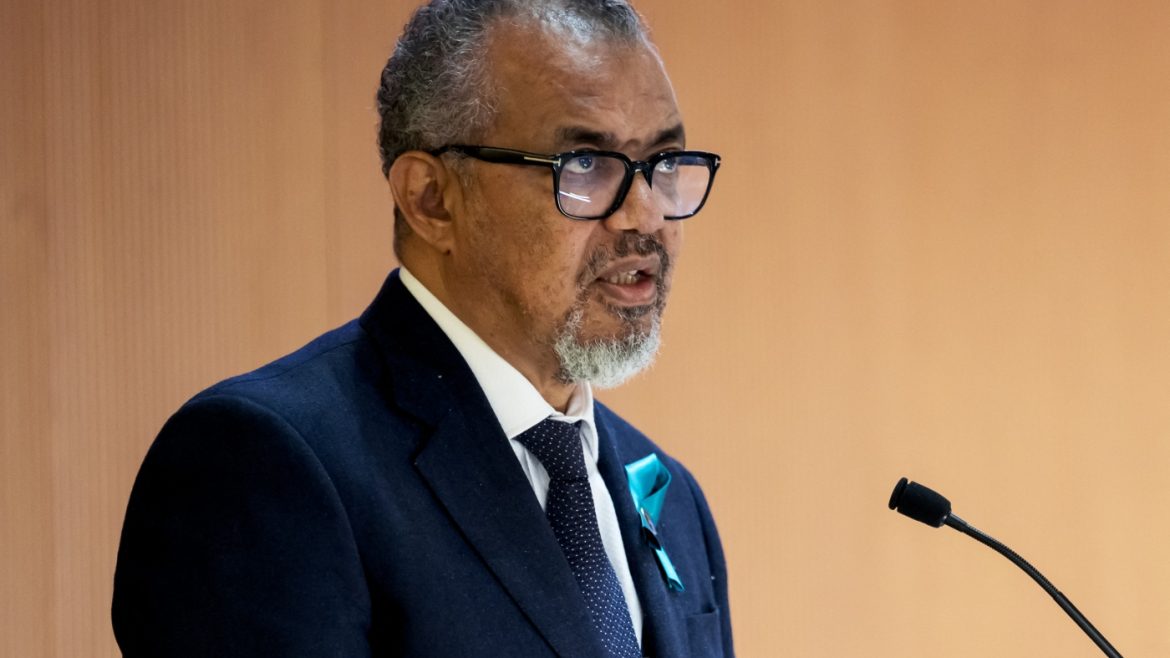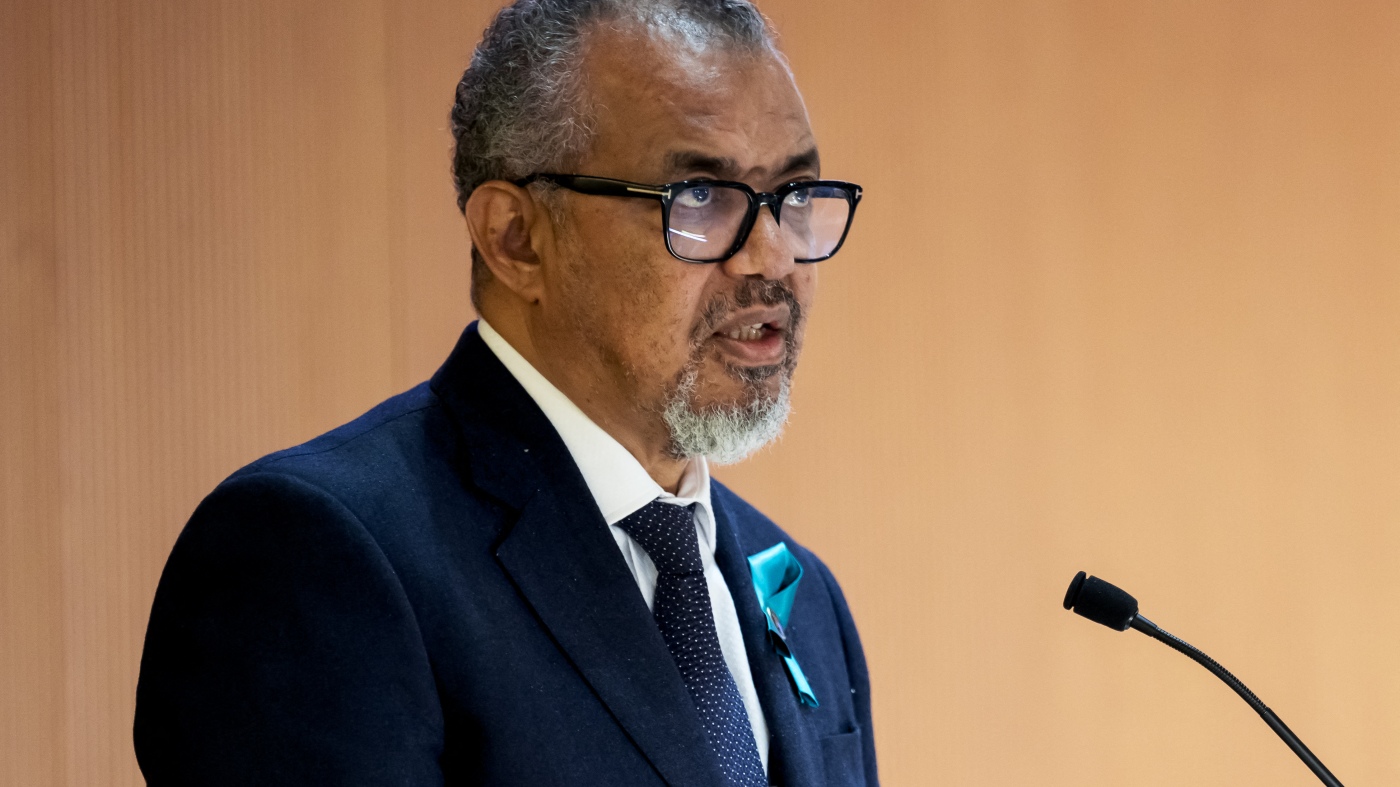The adoption of the world’s first-ever pandemic treaty marks a significant milestone in global health governance. After more than three years of intense negotiations among the 193 member states of the World Health Organization (WHO), this historic agreement aims to fundamentally reshape how nations prevent, prepare for, and respond to future pandemics. Yet, questions linger about its practical impact, enforceability, and the willingness of countries to implement its provisions effectively.
Origins and Significance of the Pandemic Treaty
The COVID-19 pandemic exposed critical weaknesses in international cooperation and pandemic preparedness. The unprecedented global disruption revealed deficiencies in data sharing, equitable distribution of medical countermeasures, and coordinated response mechanisms. In response, the WHO initiated the drafting of a legally binding treaty intended to address these gaps and ensure the world is better equipped to face future health crises.
This treaty, formally adopted during the 78th World Health Assembly, follows over three years of negotiations, emphasizing enhanced global collaboration, transparency, and equity. It reflects a collective determination to avoid repeating the errors that exacerbated the COVID-19 crisis. The treaty is only the second health treaty ever adopted by the World Health Assembly, underlying its historical importance.
Core Objectives and Framework
The treaty’s main goals include:
– Strengthening Prevention: Emphasizing early detection systems, risk assessment, and rapid containment measures to stop outbreaks before they escalate into pandemics.
– Enhancing Preparedness: Fostering resilient health systems worldwide with adequate resources, workforce training, and emergency stockpiles.
– Improving Response Coordination: Facilitating rapid information sharing, transparent reporting, and alignment of public health actions across borders.
– Promoting Equity: Ensuring fair access to vaccines, medicines, diagnostics, and other essential tools, particularly for low- and middle-income countries.
– Research and Data Sharing: Encouraging open scientific collaboration with an emphasis on equitable intellectual property and benefit-sharing arrangements.
By legally committing member states to these principles, the treaty seeks to create a framework that transcends national self-interest and elevates global health security as a unified goal.
Challenges and Skepticism
Despite the treaty’s ambitious aims, there are several factors that temper expectations regarding its transformative potential:
1. Enforcement and Compliance Limits
The treaty is voluntary and does not usurp national sovereignty over public health policy. Experts emphasize that no country will relinquish decision-making authority to the WHO or any global body. Consequently, the treaty relies heavily on political will, peer pressure, and mutual accountability mechanisms rather than legal coercion. This leaves open the risk of uneven implementation, particularly when national priorities conflict with collective commitments.
2. The U.S. Absence
Although the treaty enjoys broad international support, the United States notably abstained from the formal adoption process. Having withdrawn from earlier negotiations under President Trump’s administration, the U.S. has yet to re-engage fully in this framework. Given the U.S.’s significant influence in global health through funding, research, and policy leadership, its absence may undermine the treaty’s universality and efficacy.
3. Funding and Resource Allocation
Questions remain about how the treaty’s provisions will be financed. Effective pandemic preparedness requires sustained investments in health systems, research infrastructure, and supply chains globally. The absence of clear commitments on how funds will be mobilized and disbursed raises concerns about whether poorer countries will receive the support needed to meet treaty obligations.
4. Political Complexity and National Interests
Pandemic preparedness implicates politically sensitive issues such as data transparency, travel restrictions, intellectual property rights, and vaccine nationalism. Achieving consensus on these frontiers is inherently difficult, as demonstrated during COVID-19. The treaty’s success hinges on countries’ willingness to prioritize global solidarity over narrow self-interest, a challenging prospect amid geopolitical rivalries.
5. Potential for Repetition of Past Pitfalls
Critics caution that without concrete, enforceable commitments and accountability, the treaty could become another symbolic document with limited impact, akin to earlier global health declarations. The risk that nations revert to unilateralism in moments of crisis remains a significant barrier.
Why It Still Matters
Despite these challenges, the pandemic treaty represents a crucial advance in global health diplomacy. It institutionalizes a process for cooperation that did not exist before and signals recognition that pandemics are a shared threat requiring collective action. The treaty fosters frameworks for:
– Coordinated surveillance and early warning systems.
– Equitable access models for vaccines and therapeutics.
– Transparent information exchange to inform public health decisions.
– Joint research efforts and technology transfer.
By uniting an unprecedented number of countries under a common legal and policy umbrella, the treaty lays the groundwork for stronger international health preparedness that could save millions of lives in future crises.
Conclusions: The Road Ahead
The pandemic treaty is a landmark achievement, but not an endpoint. Its real-world impact will depend on how nations translate agreement into action. Success requires:
– Continued diplomatic engagement, including re-entry and support from key players like the United States.
– Transparent mechanisms to monitor compliance and progress.
– Sustainable financing arrangements to back preparedness initiatives.
– Political courage to confront vested interests and promote equity.
– Investing in health infrastructure globally, especially in vulnerable regions.
Ultimately, the treaty’s power lies in its potential to unite humanity in a common cause. It challenges the world to learn from the devastating lessons of COVID-19 by building a future where pandemics are less deadly and less disruptive. Whether it fulfills this promise depends on the collective resolve to move beyond rhetoric and deploy the treaty’s framework with purpose and determination. If done right, it could mark a new era in global health solidarity—one where the world is genuinely prepared to protect all people when the next pandemic threat arises.


